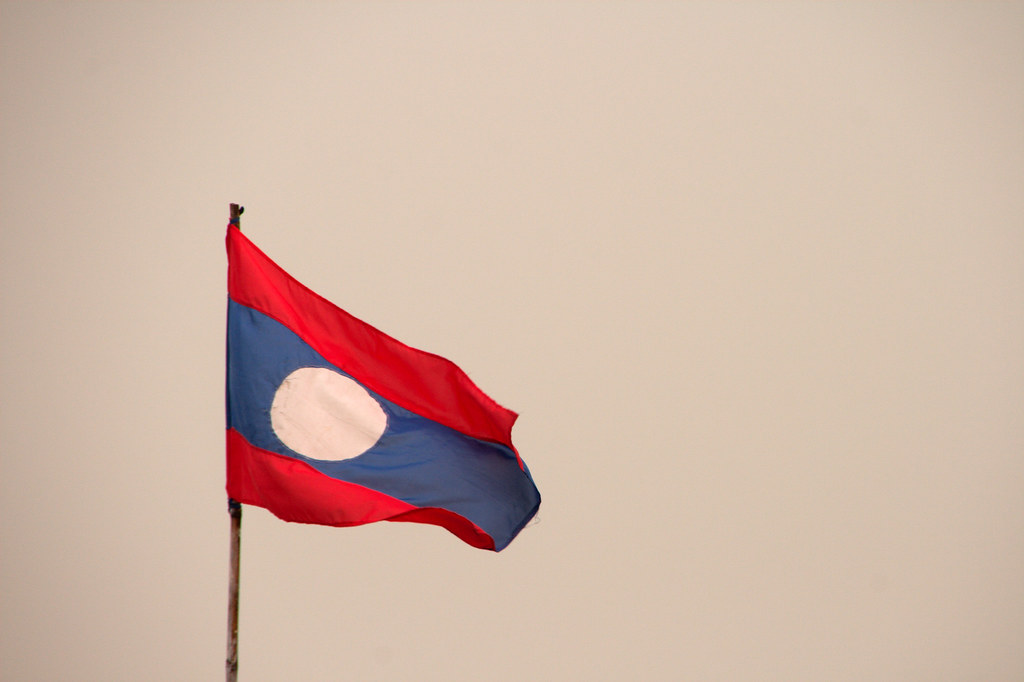Asia, home to more than half of the world’s population, presents a highly diverse demographic landscape. While some countries like Japan and South Korea are grappling with aging populations, others stand out for their youthful demographic profiles.
Nations with a younger population often benefit from a demographic dividend, an economic advantage that can result from a larger working-age population compared to dependents.
In this article, we take a closer look at several Asian countries with the youngest population rates, the reasons behind their demographic trends, and the potential impact on their futures.
Afghanistan

Afghanistan consistently ranks among the countries with the youngest populations in Asia. A significant portion of the population is under the age of 25, with a median age of around 18 years.
This is largely a result of high fertility rates and improvements in child survival over the past few decades.
However, despite the demographic advantage in numbers, the country faces significant socio-political and economic challenges that limit the full realization of its youth potential.
The ongoing political instability with Taliban running the country, limited access to education especially for girls, and a fragile economy have hindered meaningful development.
Pakistan

Pakistan is another Asian nation with a notably young population, with over 60 percent of its citizens below the age of 30. The country’s median age is about 21 years, placing it among the youngest in South Asia. High birth rates and a cultural emphasis on large families have contributed to this youthful demographic structure.
The growing number of young people in Pakistan represents a potential economic engine, but the country must overcome several hurdles to benefit fully. Unemployment, underdeveloped infrastructure, and limited access to quality education and healthcare remain major concerns.
However, initiatives aimed at improving vocational training, digital skills, and entrepreneurship are being implemented to better harness the capabilities of this demographic surge.
Nepal

Nepal has one of the youngest populations in the Himalayan region, with a median age of around 24 years. This youthfulness is driven by high fertility rates in recent decades, although those rates have started to decline as more women gain access to education and reproductive healthcare.
The young population is increasingly urbanizing and seeking better opportunities both within the country and abroad.
Remittances from Nepalese youth working overseas play a significant role in the national economy, but they also reflect the challenges of limited local employment.
The Nepalese government and international partners have focused on improving education access and encouraging innovation to help young people remain and contribute at home, signaling the importance of policy planning in maximizing this demographic advantage.
Timor-Leste

Timor-Leste, one of the youngest countries in terms of both political independence and population age, boasts a median age of just under 20 years.
After gaining independence from Indonesia in 2002, the nation has focused on building its institutions and infrastructure from the ground up. The youthful population is both a challenge and an opportunity for this young democracy.
High birth rates and improved healthcare have sustained the young demographic profile. However, the government faces the critical task of expanding education systems, healthcare access, and job creation to provide meaningful futures for its youth.
The potential for long-term development lies in how effectively the country can channel the energy and aspirations of its young citizens.
Laos

Laos, a landlocked Southeast Asian nation, also has a notably young population, with a median age of approximately 24 years. Its population dynamics reflect a country in demographic transition, birth rates are slowly declining, but a large youth base still defines its national character.
The government has made strides in improving literacy and expanding access to primary education, but higher education and job markets remain underdeveloped.
Young Laotians often migrate to neighboring countries for work, contributing to a labor flow that has both positive and negative effects.
If Laos continues investing in human capital and regional integration, its young population could drive more inclusive and sustainable development.



















